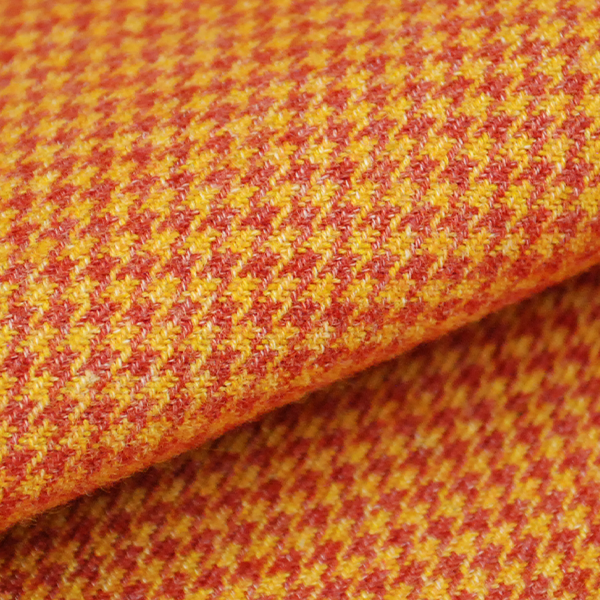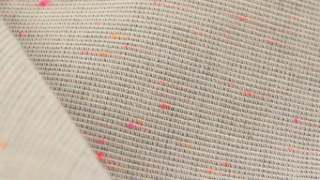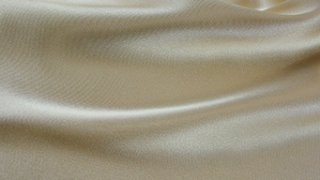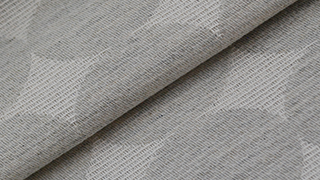Twill Weaves
Appearance of Twill Weaves
Twill weaves are characterized by a diagonal pattern, or twill line, in the fabric. If the diagonal line rises to the left, the fabric is classified as a left-hand twill; if it rises to the right, the fabric is classified as a right-hand twill.
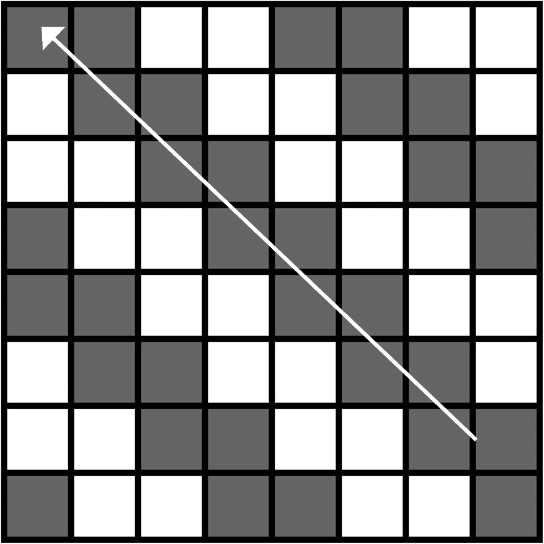
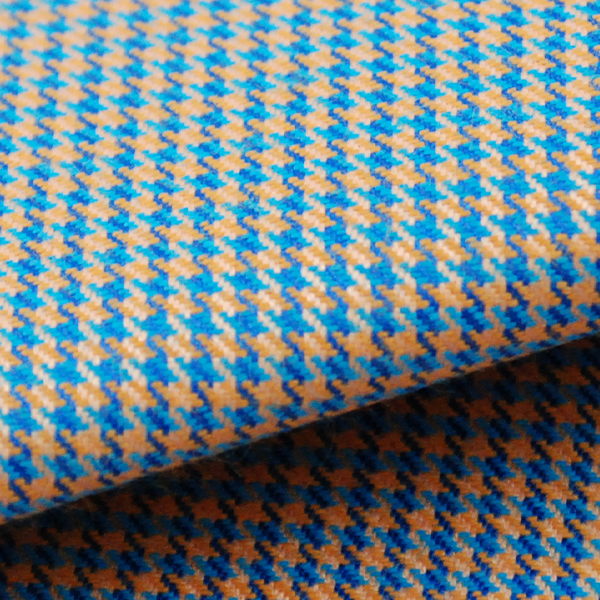
Left-Hand Twill
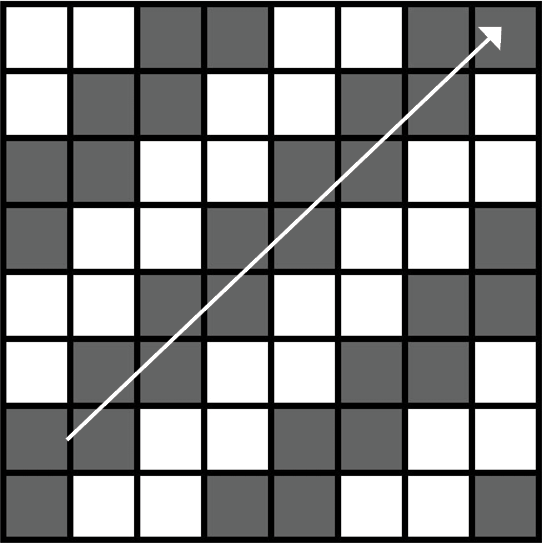
Right-Hand Twill
2 x 1 Twill Weave
The 2 x 1 twill weave repeats on 3 warp yarns and 3 weft yarns, and requires at least 3 harnesses to weave. The number of harnesses needed to weave a given design must be a multiple of the minimum number of harnesses required. Examples are 4, 6, 8, or 10 harnesses for plain weave and 6, 9, 12, or 15 harnesses for a 2/1 twill. More harnesses means more weaving expense. However, weaving costs for producing left-hand and right-hand twill fabrics should not differ.
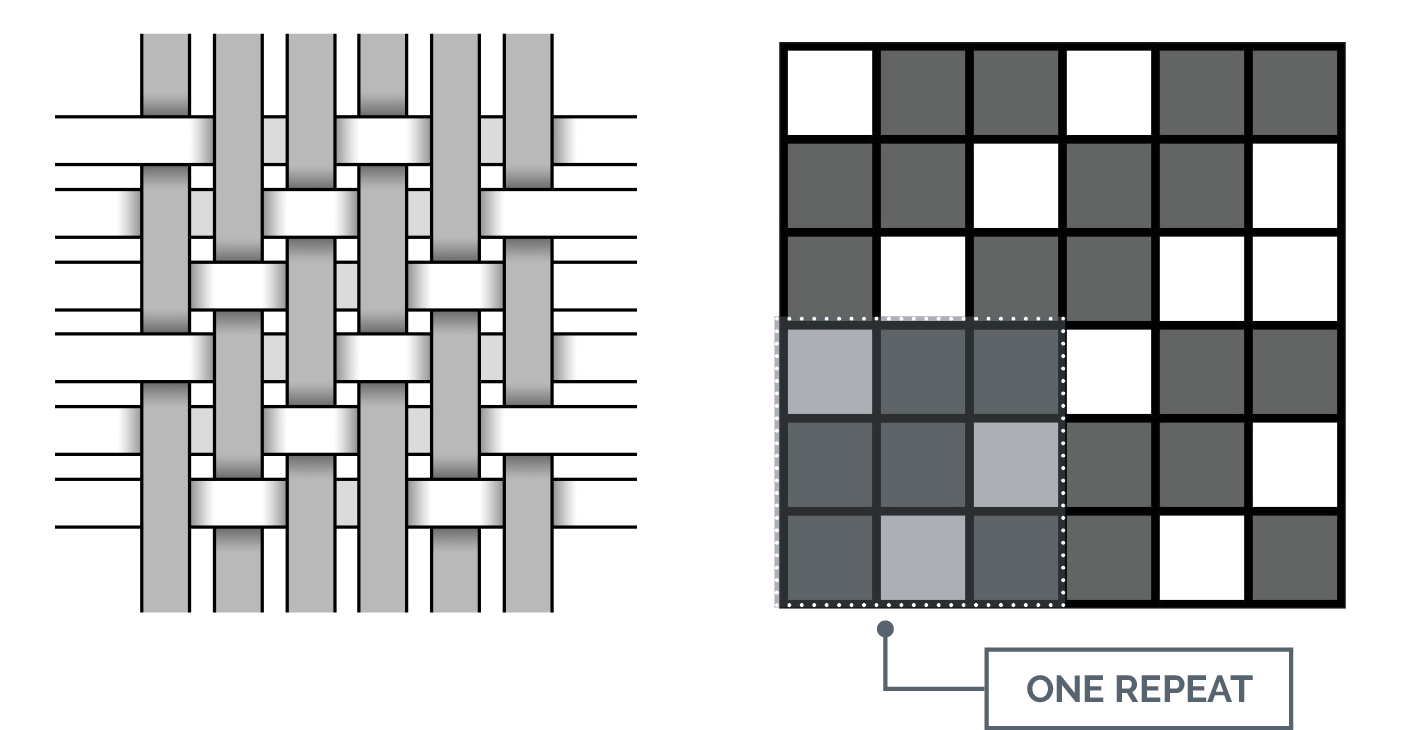
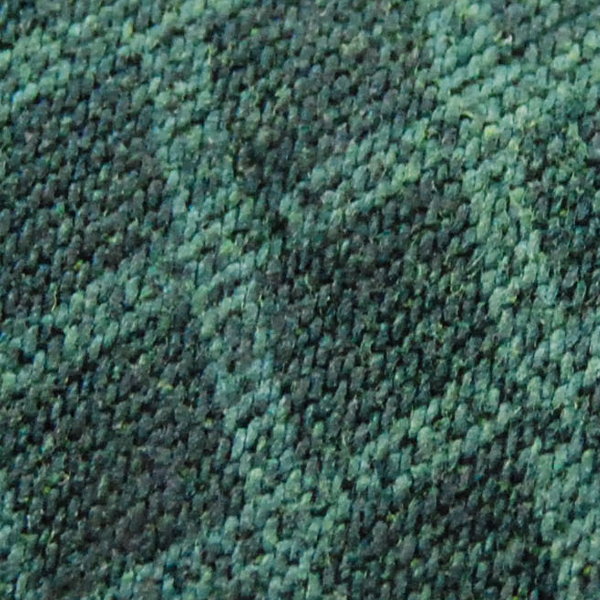
2 x 1 Twill. The 2/1 is the counter. The top number designates how many picks each warp end will float over, and the bottom number designates how many picks each warp end will float under. Each end weaves over two picks and under one pick.
2 x 2 Twill
A balanced twill has the same number of warp yarns and filling yarns showing on the face of the fabric. A 2 x 2 twill will be balanced, as each warp yarn goes over two weft yarns and then under two weft yarns. Adding 2 plus 2 to get 4 means the weave repeat is on 4 warp yarns and 4 weft yarns. Therefore, this weave design requires at least 4 harnesses or some multiple of 4 to accommodate more warp ends.
Simple twills can be manipulated into more complex designs by changing the way the warp yarns are drawn through the harnesses and heddles. A change to a drawing plan can convert a 2 x 2 twill to a herringbone or chevron design.
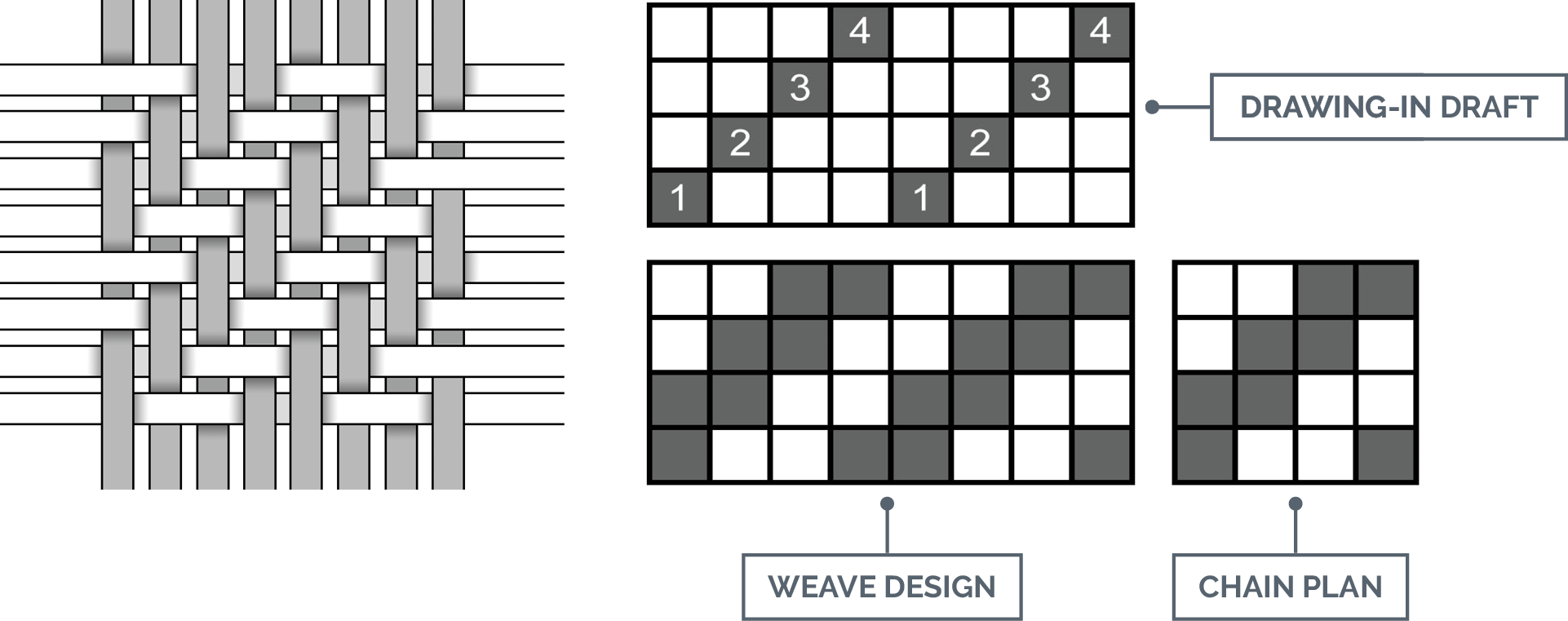

2 x 2 Right-Hand Twill, with a straight drawing plan. Yarns are drawn through the harnesses in sequential order (1 through 4, followed by 1 through 4).
Chevron
The chevron weave is a product of a 2 x 2 right-hand twill variation. Instead of drawing the warp yarns through the harness in sequential order (1 through 4, followed by 1 through 4), the draw reverses and comes to a point. This translates to the point in the chevron weave.
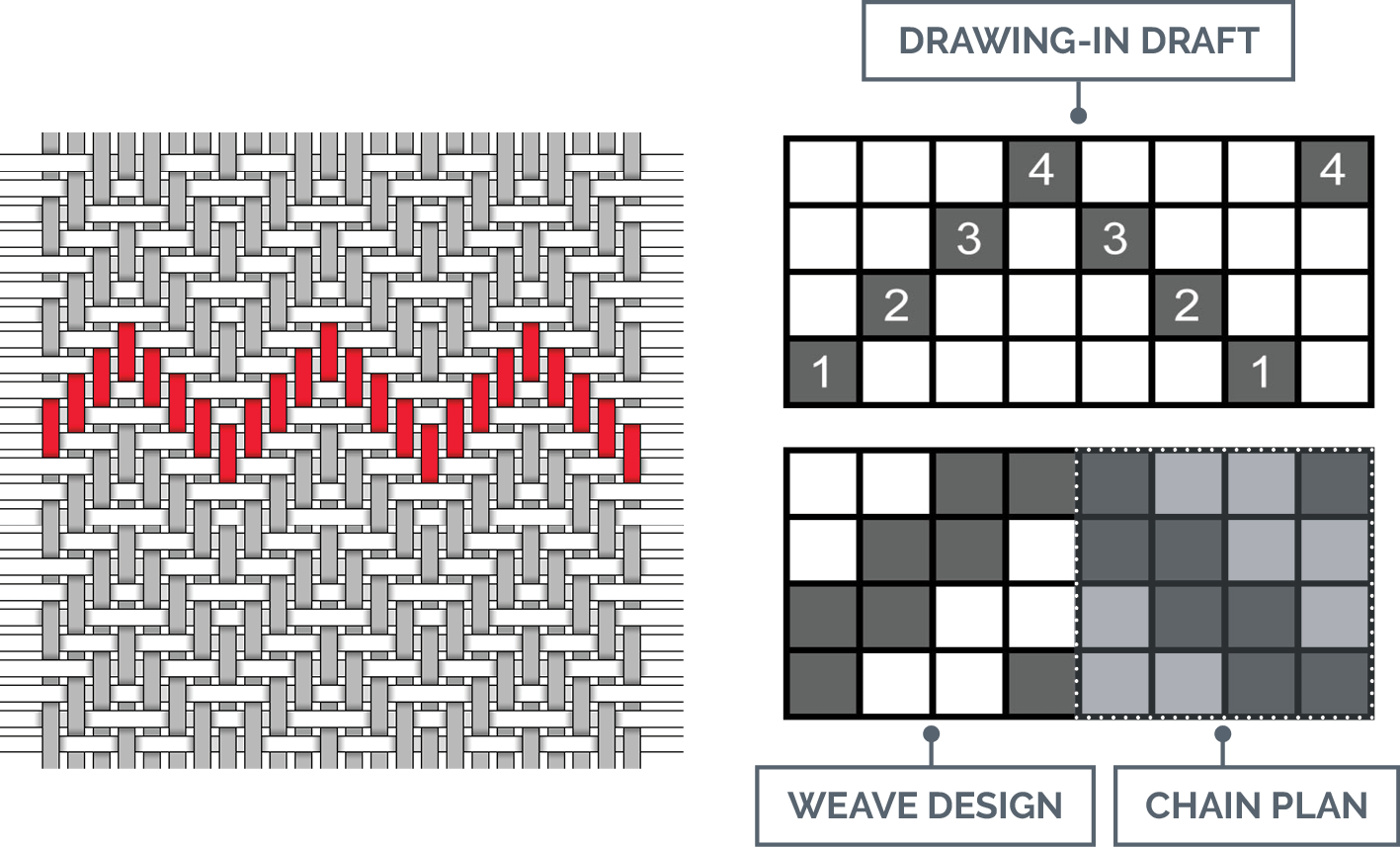
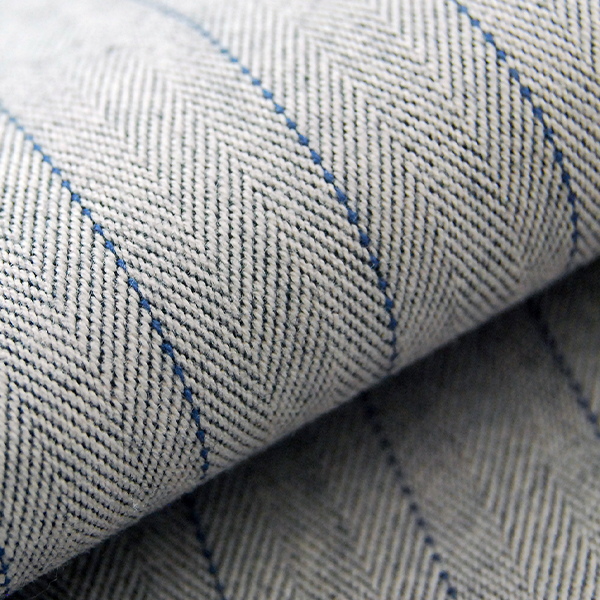
Herringbone
The herringbone weave is a product of a 2 x 2 right-hand twill variation. Instead of drawing the warp yarns through the harnesses in sequential order (1 through 4, followed by 1 through 4), the draw offsets and creates a break. This translates to the offset twill of a herringbone instead of a pointed twill like a chevron.
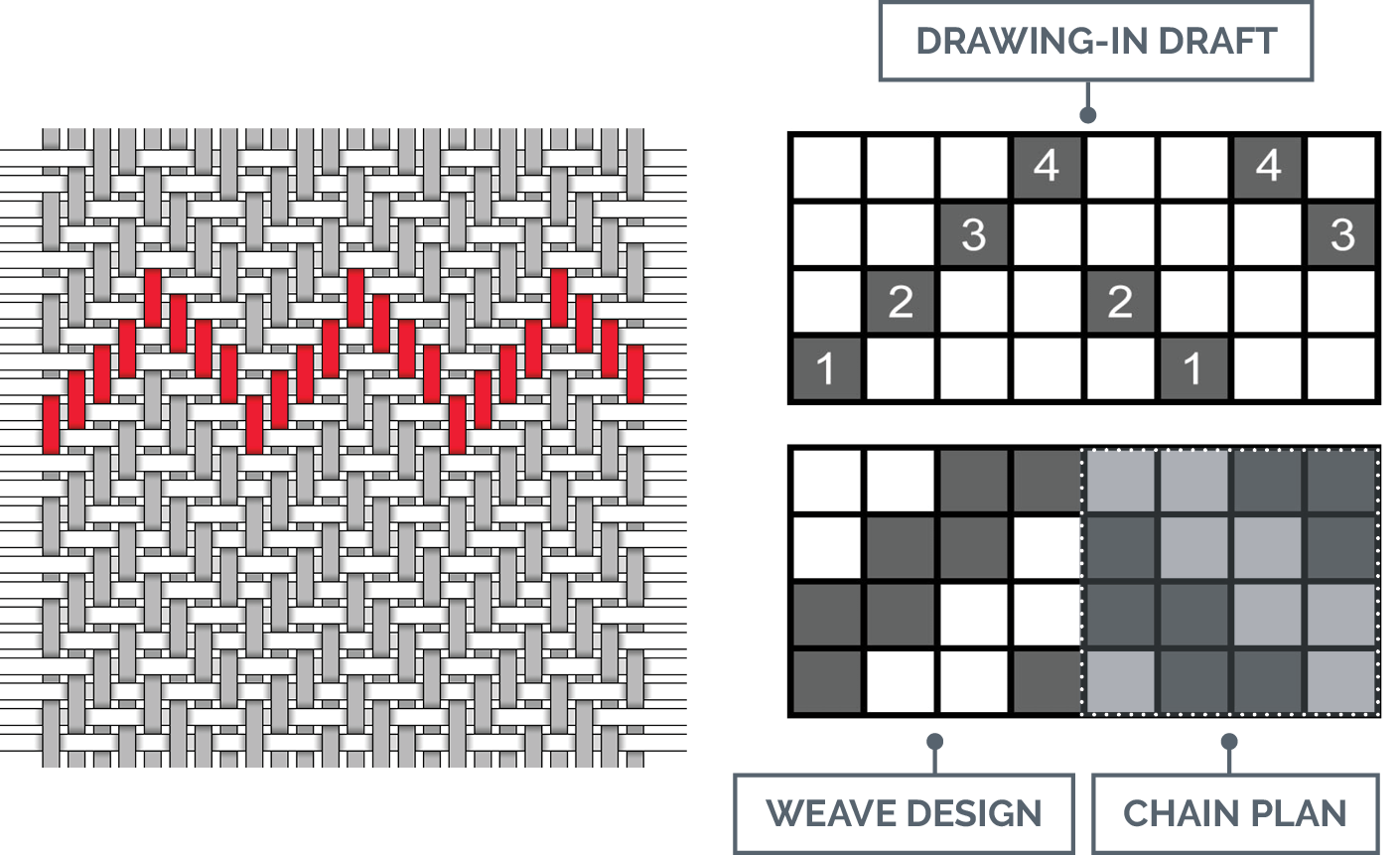
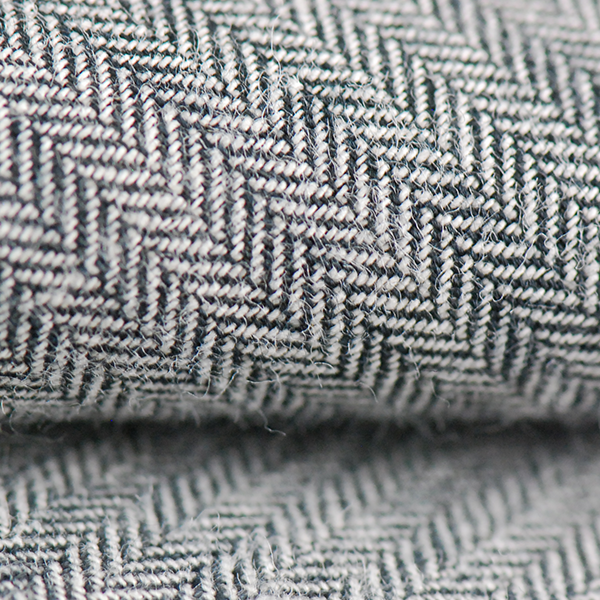
3 x 1 Twill
A 3 x 1 twill weaves each warp yarn over 3 weft yarns before going under the next weft yarn. The weave floats are longer than other twills, creating fewer interlacing points in the fabric. This weave design produces fabrics with higher tear strength and is used to make heavier bottom-weight fabrics, such as denim, chino, and gabardine. The weave design repeats on 4 warp yarns and 4 weft yarns, and requires at least 4 harnesses.

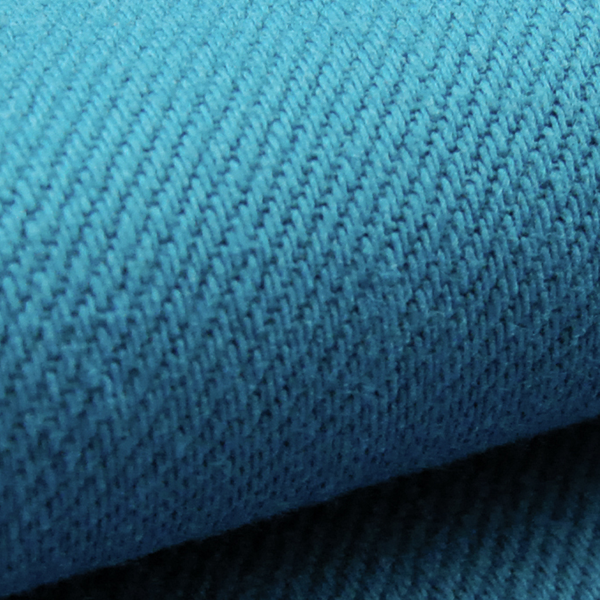
3 x 1 Right-Hand Twill is the most common twill in bottom-weight fabrics.
TERMS TO KNOW (click to flip)
A fabric with a twill line running from the lower right-hand side to the upper left-hand side of the fabric….
view in glossaryA fabric with a twill line running from the lower left-hand side to the upper right-hand side of the fabric….
view in glossaryA twill fabric that repeats on three warp ends and three filling picks. This warp faced twill has two warp…
view in glossaryA twill fabric that repeats on four warp ends and four filling picks. This fabric has two warp risers and…
view in glossaryA weave pattern of pointed twill, creating a zigzag design. This weave is like the herringbone, but the pattern is…
view in glossaryA broken twill weave that is composed of several right hand twills followed by several left hand twills.
view in glossaryA twill fabric that repeats on four warp ends and four filling picks. This warp-faced twill has three warp risers…
view in glossary